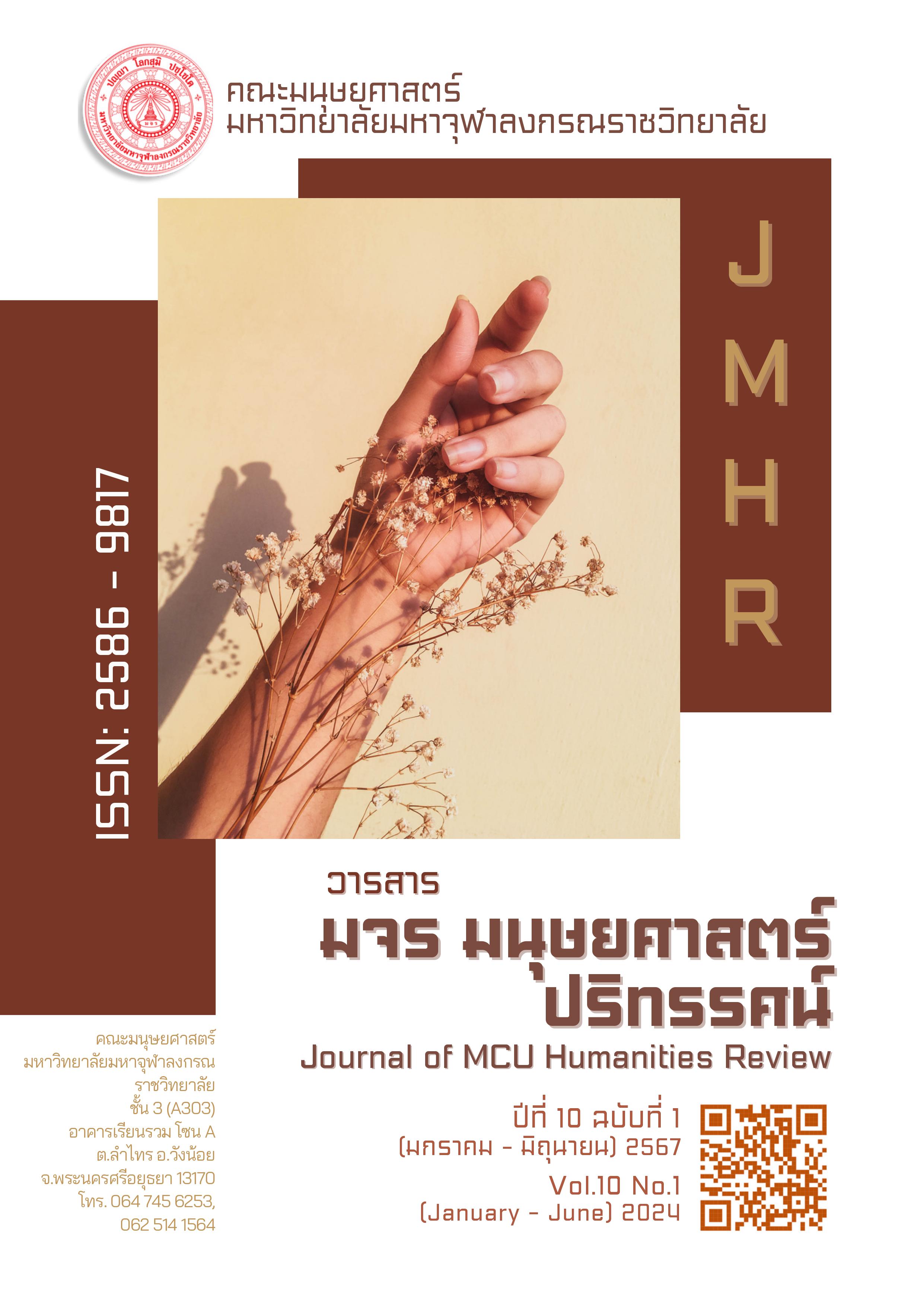ParichanoA Comparative Study of Morphological English and Pāli Language
คำสำคัญ:
Comparative Study, English Morphology, Pāli Morphologyบทคัดย่อ
-
เอกสารอ้างอิง
Bomhard, Allan R. (2018). An Introductory Grammar of the Pāḷi Language. US: Charleston Buddhist Fellowship Press.
Hamawand, Zeki. (2011). Morphology in English: Word Formation in Cognitive Grammar. New York: Continuum International Group Press.
Jones, Sir Willian. (2011). Orientalist Jones. UK: Oxford University Press.
Khanetnok, Preecha (Assoc.Prof.Dr.). (2018). An Introduction to Linguistics. Thailand: Mahachulalon-kornrajavidyalaya University Press.
Kulikov, Lionid. (2013). Language vs. Grammatical Tradition in Ancient India: How real was Pāṇinian Sanskrit?. India: Ghent University Press.
Matellan, Acedo. (2010). Argument structure and the syntax-morphology interface: A case study in Latin and other languages. Spain: University of Barcelona Press.
Norman, K.R.. (1983). The Pāḷi Language and the Theravādin Tradition. U.S.A: University of Cambridge Press.
Siegel, Dorothy C. (2015). Topics in English Morphology. U.S.A: Brandeis University Press.
Siegel, Mark and Kirsten Fudeman. (2005). What is Morphology?. UK: Blackwell Publishing Ltd Press.
Yindee, Phramaha Phryson. (2018). A Contrastive Study of Pali and English. India: Kannada Studies University Press.
ดาวน์โหลด
เผยแพร่แล้ว
รูปแบบการอ้างอิง
ฉบับ
ประเภทบทความ
สัญญาอนุญาต
ลิขสิทธิ์ (c) 2024 วารสาร มจร มนุษยศาสตร์ปริทรรศน์

อนุญาตภายใต้เงื่อนไข Creative Commons Attribution-NonCommercial-NoDerivatives 4.0 International License.






